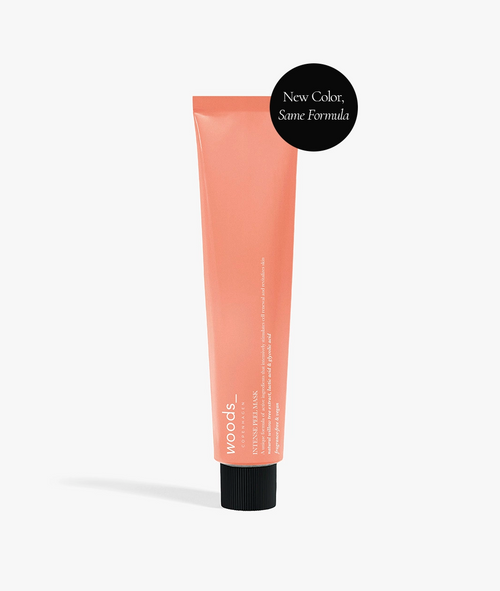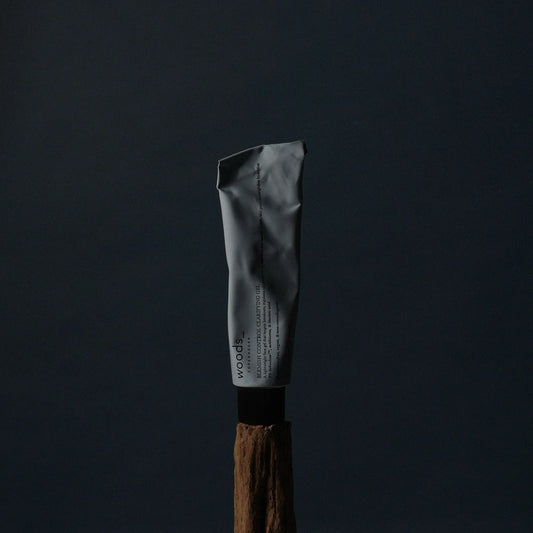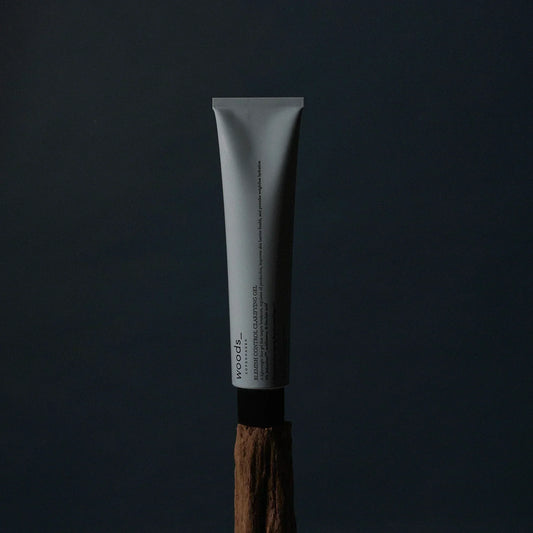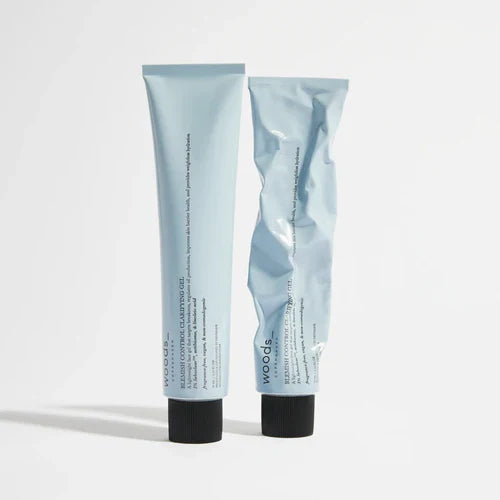What is the skin's Natural Moisturizing Factor?
The skin's natural moisturizing factor is located in the outermost layer of the skin, also known as the stratum corneum. Its primary function is to bind water in the skin to keep it healthy and hydrated. The skin's NMF consists of hydrophilic molecules, including a combination of various components such as free amino acids, lactic acid, hyaluronic acid, and urea/carbamide.
The skin's NMF is an essential part of the skin's moisture barrier, working to keep harmful factors out and beneficial factors inside the skin – because a healthy moisture barrier is crucial for the skin to stay healthy and resilient. In other words, the skin's NMF is one of its natural properties that helps it stay strong, smooth, and supple.
How do I know if my NMF is strong?
The skin's NMF varies widely among individuals. While some may have a naturally high NMF, others may fall on the lower end. Like many other aspects of our skin, our NMF is determined by genetics, but it can also be influenced by external factors such as the environment and pollution. Additionally, our natural NMF decreases over time, which is one of the reasons signs of aging begin to appear on the skin as well as our skin’s texture becomes rougher.
If you have dry skin or struggle with an inflammatory skin condition such as rosacea, your skin is generally more likely to have a lower NMF.
As mentioned, our skin's NMF is determined from birth and is, therefore, biological and unchangeable. However, just as we can improve our genetic skin type, we can also improve our skin's NMF. Keep reading to learn how.
How to improve your skin's NMF with your skincare
As previously mentioned, the skin's NMF consists of various components that help enhance the skin's elasticity as well as its moisture content. By incorporating these components into your skincare routine, you can promote the properties of your skin's natural NMF. In other words, your skincare can help strengthen the skin's natural processes and provide the essentials to keep it healthy and strong.
Hyaluronic acid is a naturally occurring substance in the skin that attracts and encapsulates moisture, promoting a plump, smooth, and elastic surface. It's a popular ingredient in skincare, especially for its ability to maintain skin suppleness and reduce the visibility of fine lines. You can find hyaluronic acid in a variety of woods_ products, such as our daily moisturizers, Intense Hydra Serum, and Intense Hyaluronic Mask.
Carbamide, also known as urea, is a moisturizing ingredient that helps soften and hydrate the skin by, like hyaluronic acid, absorbing and binding water in the skin. With its ability to improve skin balance, this ingredient is generally beloved in the skincare world. You can enjoy its benefits with products like our Intense Hyaluronic Mask.
These ingredients work in the skin as humectants, which "draw" moisture from the surrounding air into the stratum corneum, where the moisture barrier is located.
f you are curious about these types of ingredients and want to learn more about their effect on your skin, you can learn even more about them in our blogpost Hydration 101: Moisturizers versus emollients.
If you want to know more about the skin's barrier and its impressive properties, you can delve deeper into the topic in the blog post The Skin Microbiome: Where Good Skin Begins.
Related Products
More posts
-
Adult acne: from cause to treatment
While many associate acne and blemishes with the turbulent teenage years, the reality is that many adults continue to grapple with breakouts well into their 20s, 30s, and beyond. But...
Read more -
Skincare for teens: a step-by-step guide
Navigating skincare as a teenager (or honestly, just as much as an adult) can feel like a maze. In this digital age, we’re constantly flooded with the newest trends and...
Read more -
Introducing: blemish control clarifying gel
Breakouts are one of the most common skin concerns, affecting people of all ages and skin types. And when it comes to treating blemishes, striking the perfect balance can be...
Read more
- Choosing a selection results in a full page refresh.
- Opens in a new window.





